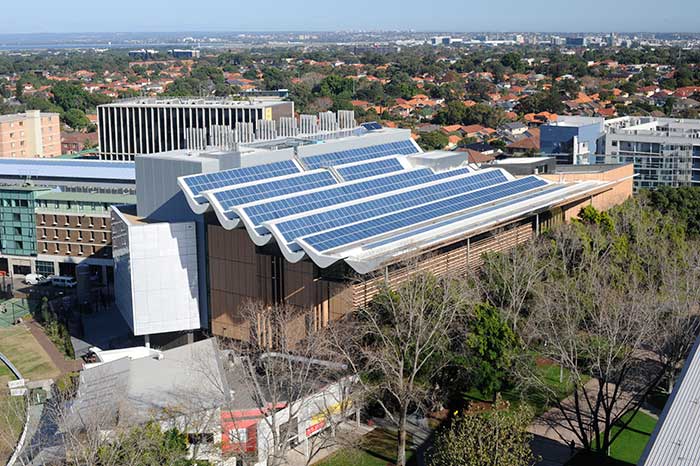Engineers from the University of New South Wales have created an innovative method to reduce the price of low-grade silicon, ultimately improving electrical efficiency and lower the cost of solar panels.
Silicon is usually the most expensive component in solar cell production, but the UNSW team has developed a mechanism so as to easily correct deficiencies in the silicon.
Professor Stuart Wenham from UNSW’s School of Photovoltaics and Renewable Energy Engineering says the technology will enable low-quality silicon to outperform solar cells made from high-quality materials.
“Our new technique is expected to maximise energy efficiency, from around 19 per cent to 23 per cent, and will initiate significant price reductions throughout the solar industry,” says Professor Wenham.
UNSW patented the technology earlier this year; however purchasers are reminded that cheaper silicon also means lower-quality silicon, with higher levels of contaminants and defects reducing energy efficiency.
The Australian Renewable Energy Agency has supported the UNSW project and is expecting to see its completion in 2016.
The UNSW team are currently in talks with eight industry partners interested in commercialising the technology, and are working with manufacturing companies to implement the new capabilities.
“Our research team is the first to control the charge state of hydrogen atoms in silicon, consequently correcting defects and determining reactivity,” says Professor Wenham.
“We have seen a 10,000 times improvement in the mobility of the hydrogen and we can control the hydrogen so it chemically bonds to things like defects and contaminants, making these inactive.”

